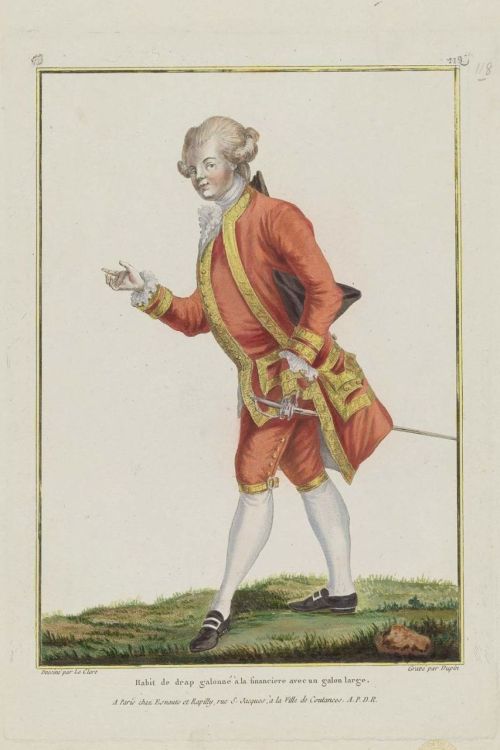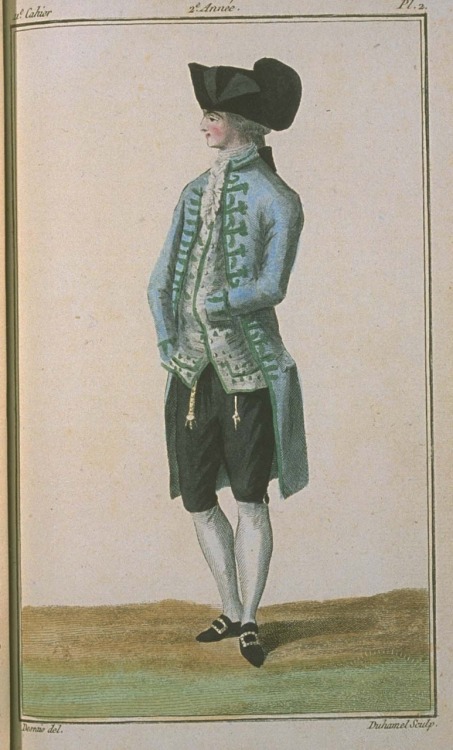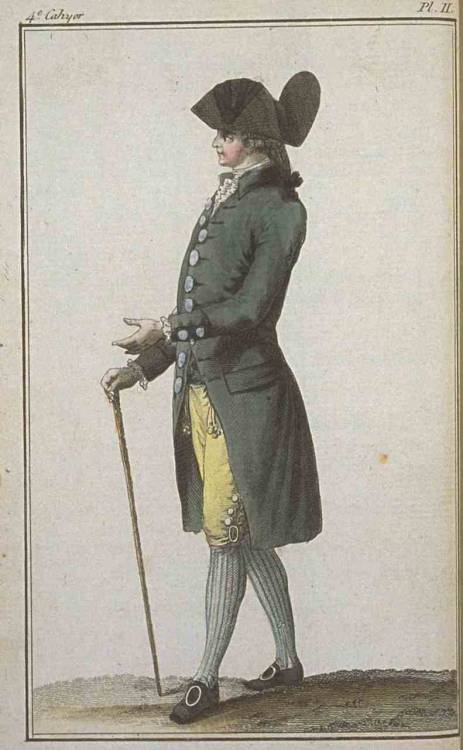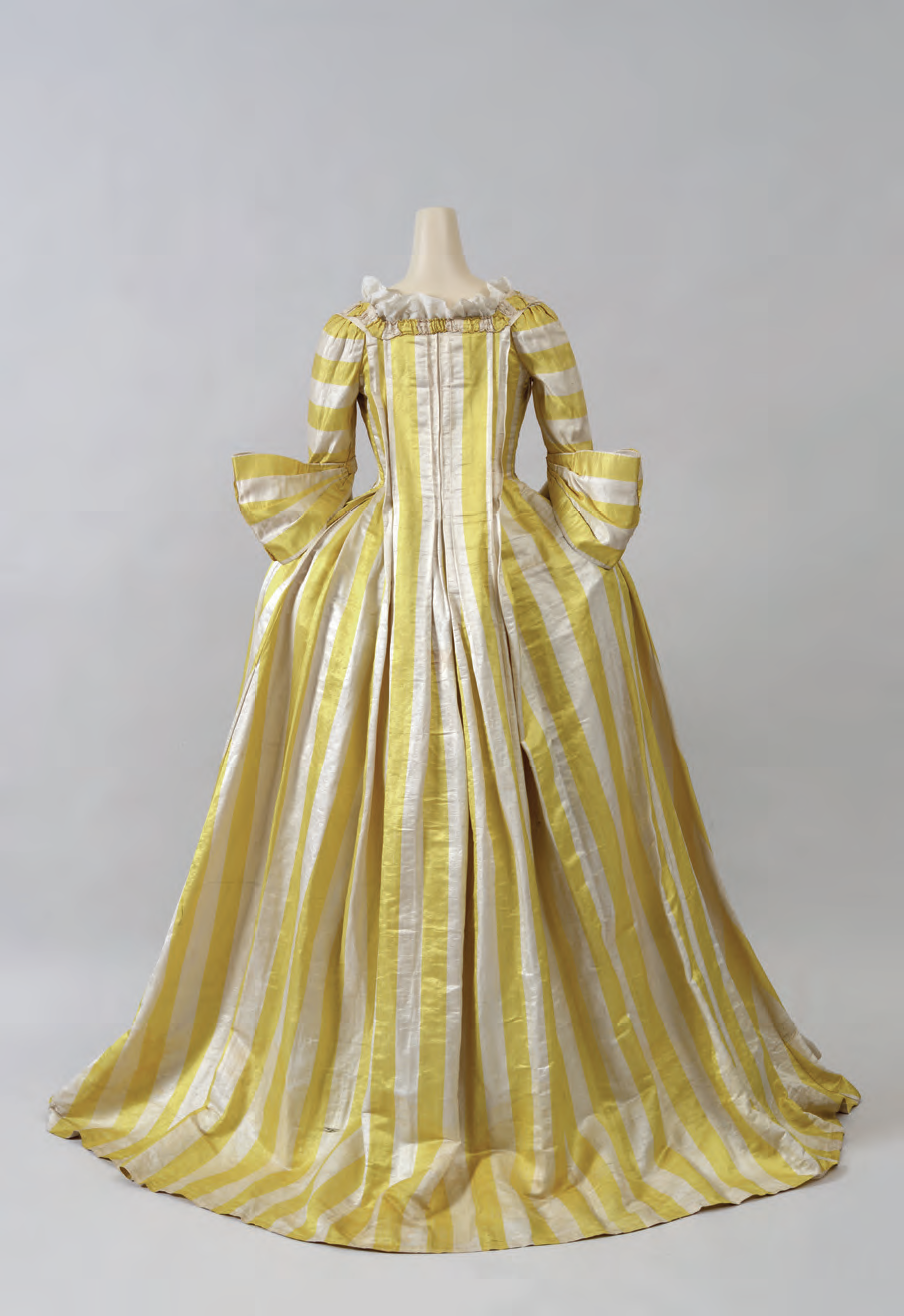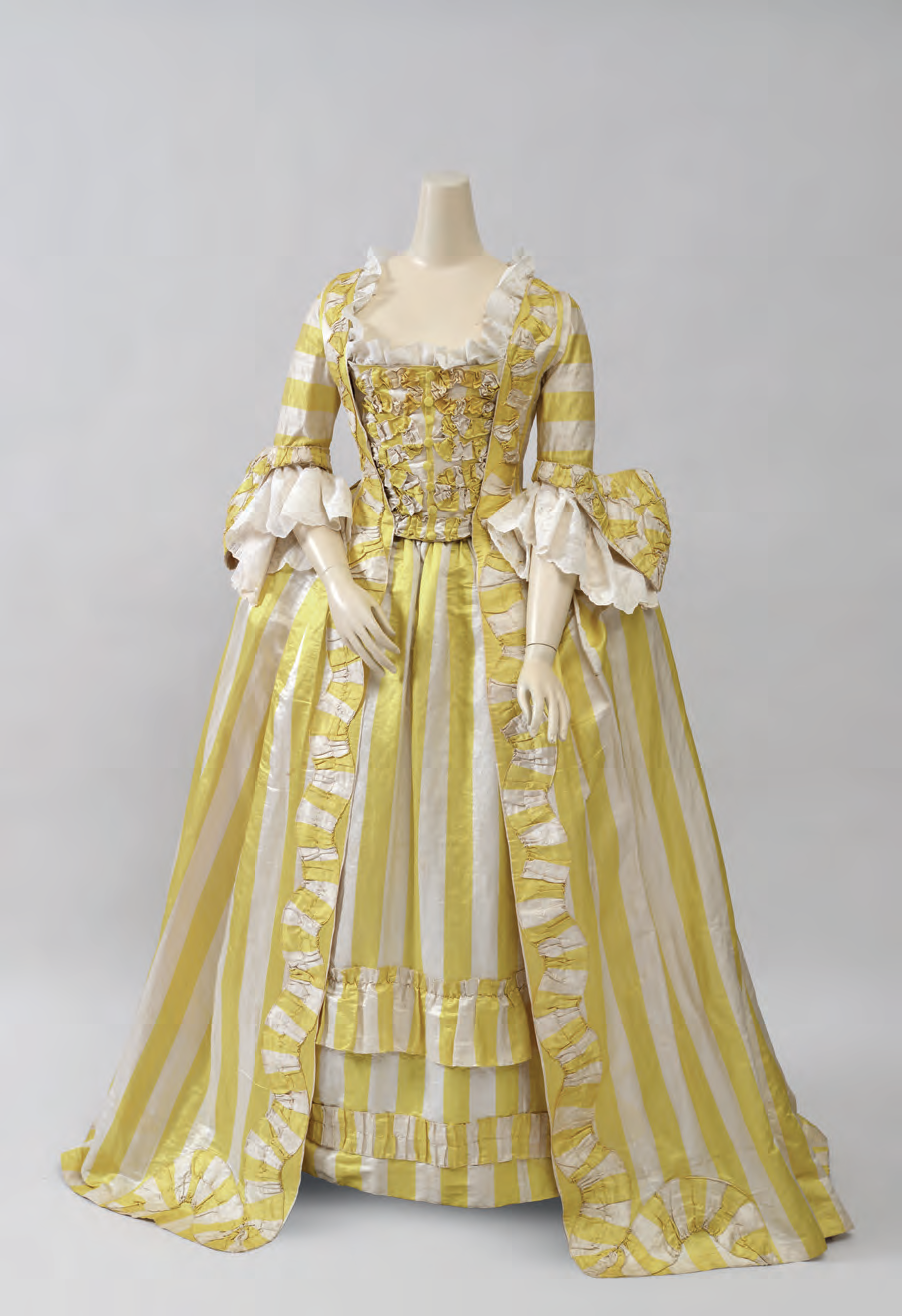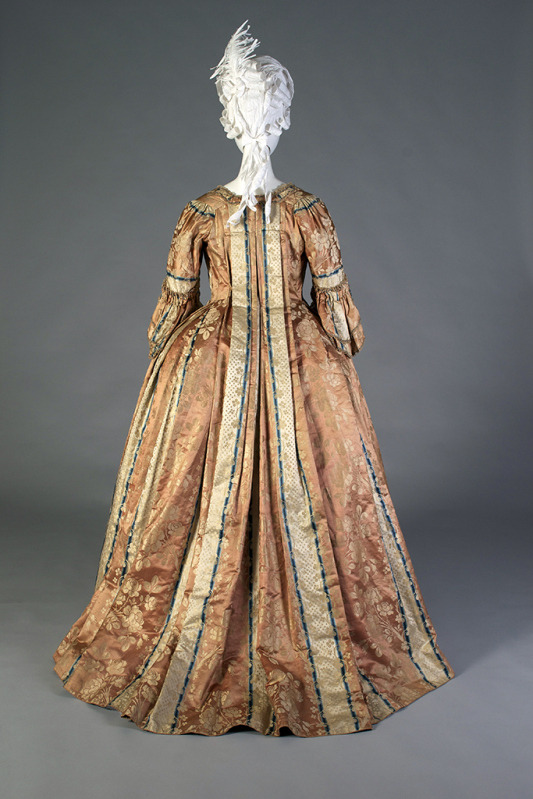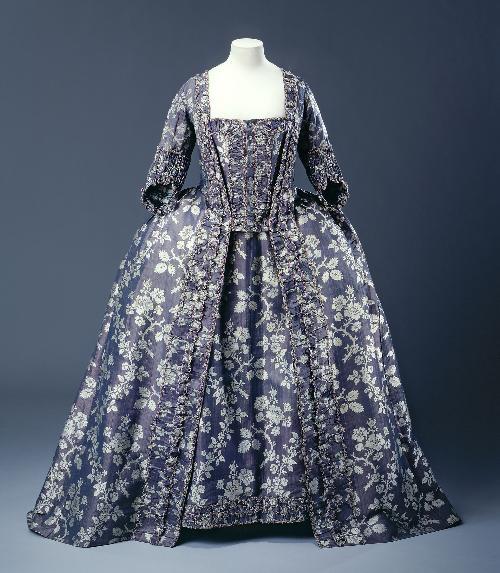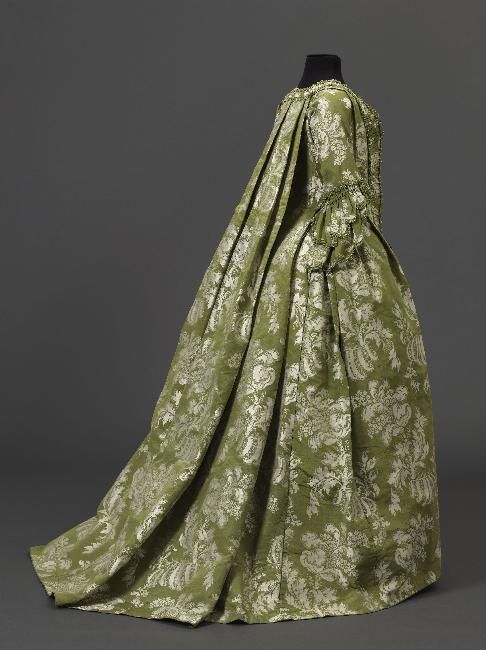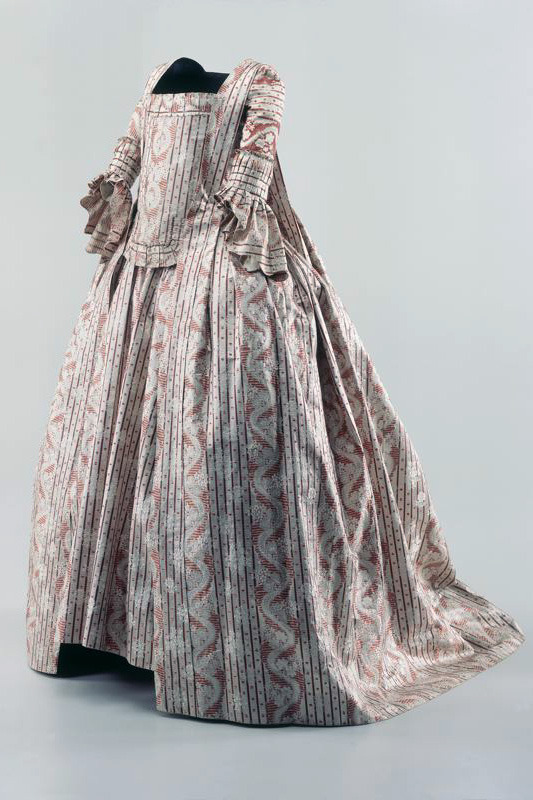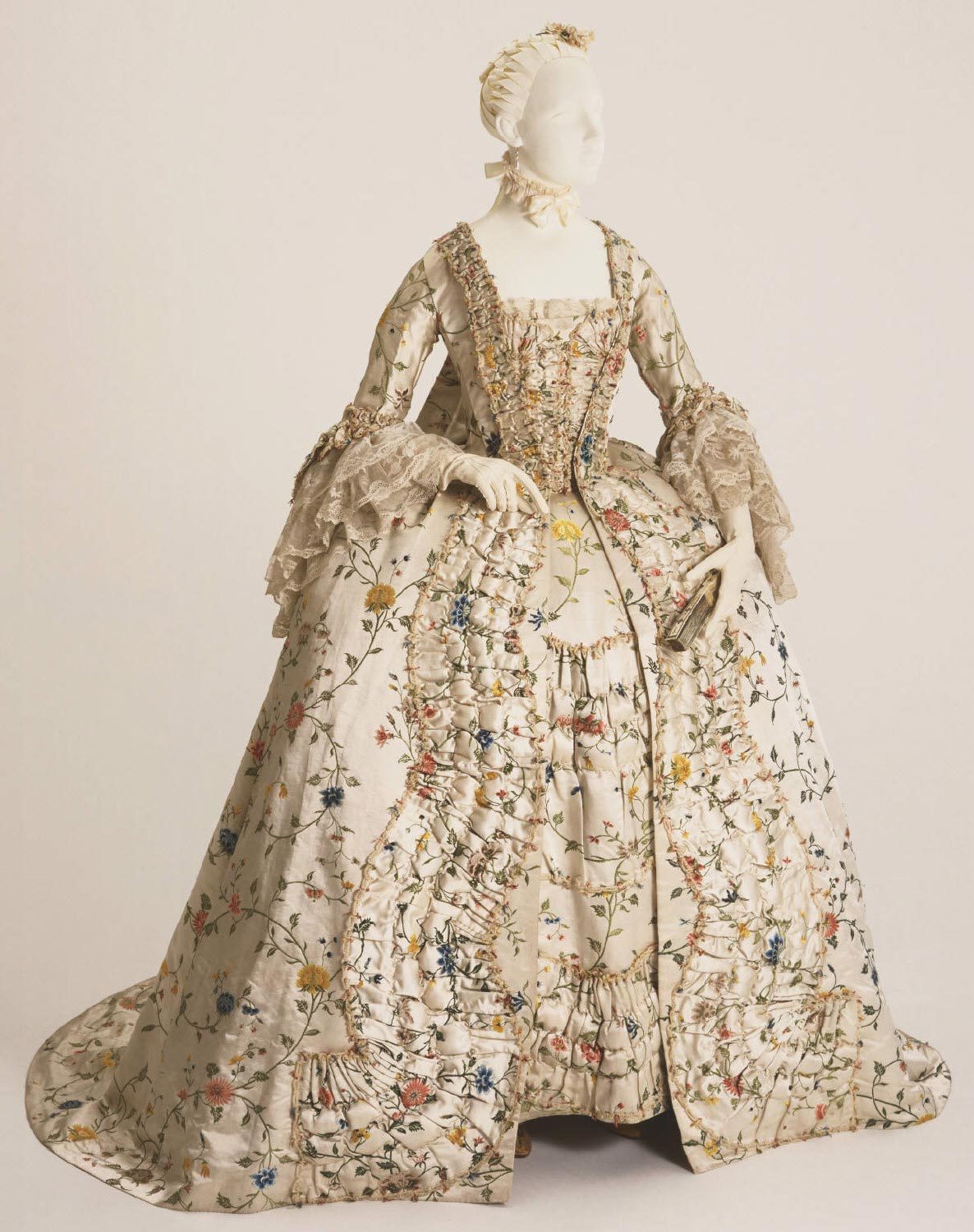Fashion trends changed rapidly and was the object of intense fascination from both men and women. The first collection of plates and illustrations was distributed in 1778 but the idea had been around since Louis XIV's reign. The plates illustrated the current fashion trends - set by the queen and her ladies - which could then be copied by the bourgeoisie and middle class. Luckily for us, a great deal of these plates have survived which gives us an amazing insight into the fashions of the reign of Louis XVI.
Notice that the robe à la Française was rarely featured in these prints. The reason was that when Marie Antoinette became queen, it was primarily associated with the grandiose court gowns worn at official ceremonies. This is also the reason why most of the Grand Habits are robes à la Française.
Ladies, choose your style - 18th century:
Robe à l'Anglaise
Robe à la Polonaise
Robe à la Circassienne
Robe à la Turque
Grand Habits
Mourning Clothing
Gentlemen, choose your style - 18th century:
Mourning Clothing
As mentioned, Louis XIV's time also saw illustrations of court personages distributed amongst the public. However, their function was not to spread fashion awareness but more a type of public relations. Nevertheless, it does give us a view of the fashions at the Sun King's court - as well as an indication of the personal tastes of the people depicted.
Ladies - 17th century
Gentlemen - 17th century








